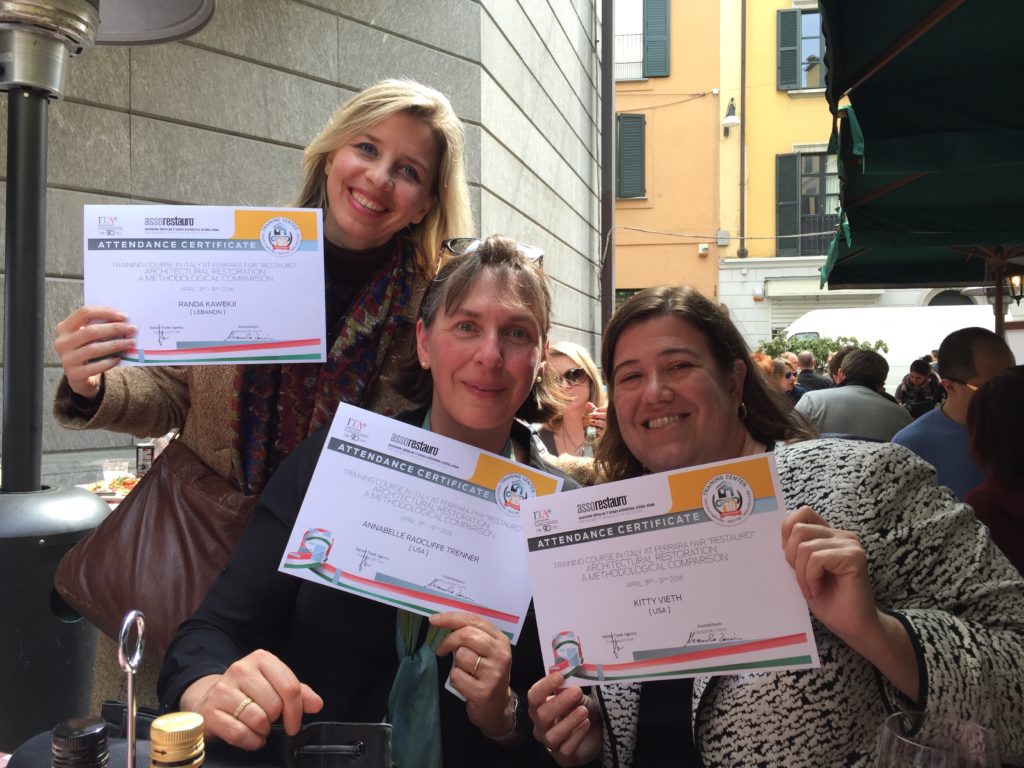
Kitty Vieth
AIA, LEED AP
Principal
2016 was an exciting year for travel! In April, I shot a laser beam at the Pisa Cathedral. No, I wasn’t trying to blow it up—I was part of a conference touring historic restoration sites in Italy. We all climbed the scaffolding on the cathedral next to the Leaning Tower of Pisa, and we each had the opportunity to try the laser-cleaning equipment that Italian conservators are using to remove black crust from the cathedral’s white marble exterior.
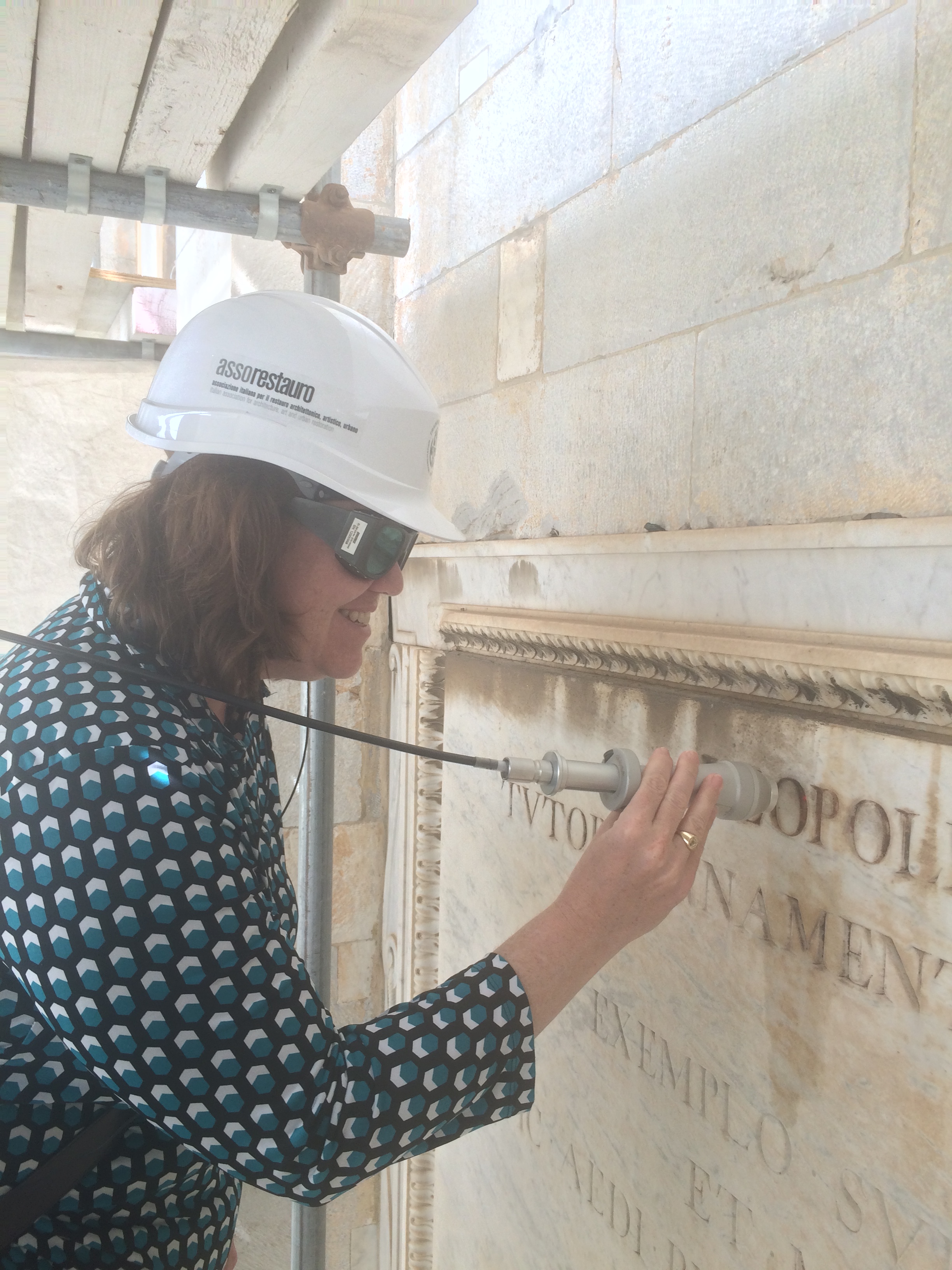
The week-long conference was jointly sponsored by the Italian Trade Agency and Assorestauro, the Italian Association for Architectural, Artistic and Urban Restoration. Assorestauro is an association whose members include both manufacturers of materials, equipment, and technology and specialized companies representing the restoration and conservation of heritage in Italy and abroad.
There were about two dozen of us at the conference—four from the United States and the rest from Russia, Cuba, Lebanon, Iran, Canada, Turkey, Armenia, Argentina, and Chile. Several of the other participants on the tour were high-ranking government officials in the preservation field. I was attending not only as a representative of ARG but also in my capacity as vice president of the Association for Preservation Technology International (APT), an interdisciplinary membership organization dedicated to promoting the best technology for conserving historic structures and their settings.
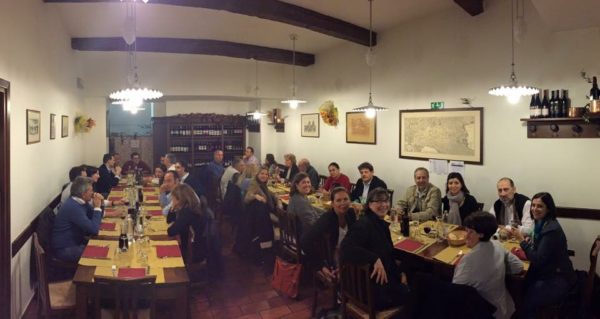
It was a whirlwind tour. The conference included trips to Rome, Florence, Pisa, Ferrara, San Benedetto Po, Cremona, and Milan—a lot of ground to cover in only six days! We started in Rome. In the morning, we went to the Forum and visited an archaeological site that isn’t open to the public yet. It’s called the cryptoporticus, a network of underground corridors beneath the palace of the emperor Tiberius. The tour included a vaulted chamber with an incredible steel armature supporting the ceiling as well as other areas still under excavation.
That afternoon, we went to the Trevi Fountain, which has only recently reopened after a major cleaning. The people who cleaned it gave a presentation about the 18th-century fountain’s history and the IBIX technology they used to remove the thick deposits of limestone from the marble. IBIX relies on a very gentle mineral abrasive—it’s very tough, but it operates with a very low pressure, protecting historic surfaces.
Then we went to Pisa, where of course I took the requisite photographs of the Leaning Tower. In addition to using the laser on the cathedral, we had the chance to watch restorers reinstalling a fresco in the Camposanto Monumentale, an open-air building next to the church. They’d carefully cut this fresco off the brick wall, conserved it on site, and attached it to a canvas backing. We arrived in time to watch them hoist it back into place on the wall.
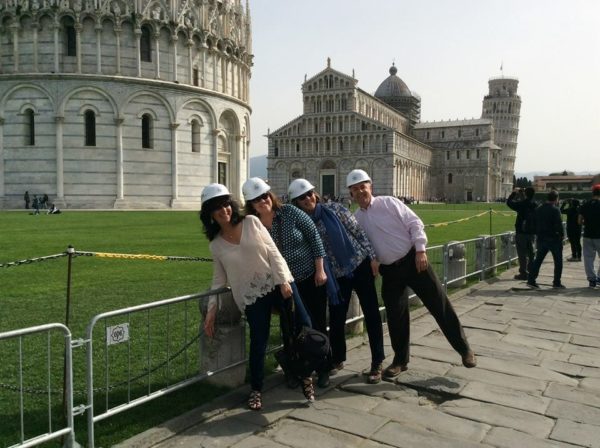
In Cremona, we attended a demonstration of a technology intended to stop rising damp in walls and foundations. Rising damp happens when water from the soil beneath a building moves upward, via capillary action, through permeable materials such as masonry. The result is damp areas along the bottoms of walls, which can be damaging over time. The technology they described introduces negative ions to prevent the capillary action from happening. There was some skepticism as to the method’s effectiveness among the attendees, but it’s an intriguing idea.
In Ferrara, we participated in a restoration trade fair, where we met with representatives from Italian companies. A 3-D printing company spoke about their methods for printing molds for large pieces of terra cotta and other materials that need to be replicated. Another company demonstrated a polymer that can be used to gently clean the surfaces of historic buildings. When we were kids, we’d use Silly Putty to pick up newspaper ink when we were kids—this works much the same way. You apply the product on a surface and then when you pull it away, the dirt comes off with it. Conservators may see the similarity to products by Arte Mundit, which is produced in Belgium.
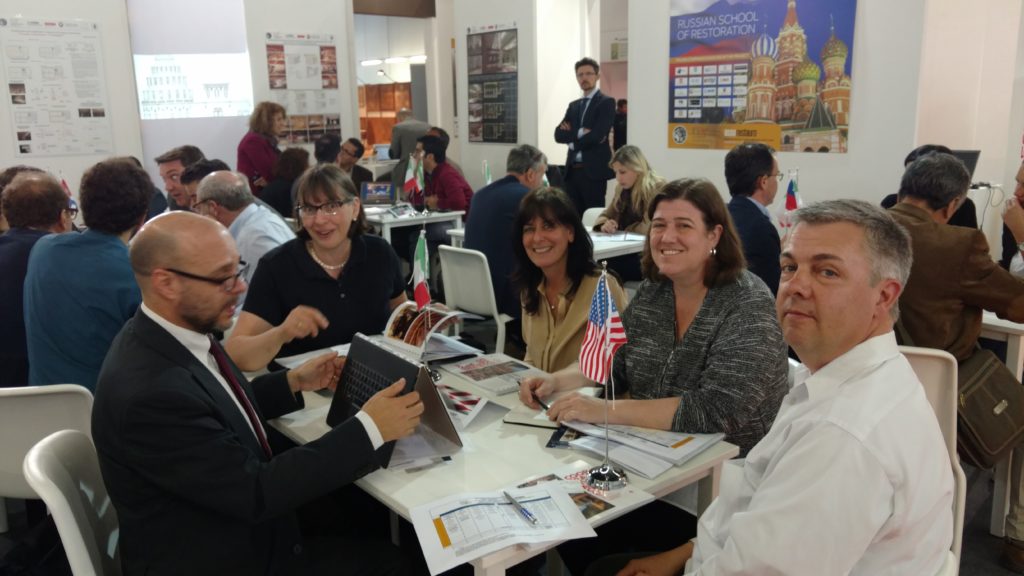
One attendee from each country’s delegation on our trip had an opportunity to give a presentation to the fair attendees as well. I presented for the United States and summarized the history of historic preservation in the United States—in 15 minutes! Afterward, when we went out to dinner, I was talking to two women from Moscow, and they asked me what happens in the United States if a restoration of a building on the National Register of Historic Places is deemed to have damaged the historic site. I said, “The National Park Service can remove the building from the Register.” The women told me, “Oh, in Moscow the government takes away ownership of the building.” I was stunned by this.
While there, we discussed with our hosts ways we could work together to support preservation practices in Italy and the United States. Italy’s formal integration of sustainable and preservation practices was of particular interest to me. The Green Building Council (GBC) Italia recently developed the GBC Historic Building rating system, which combines international LEED standards with restoration and preservation theory and practice. This is something that preservationists have long called for from the U.S. Green Building Council’s LEED program.
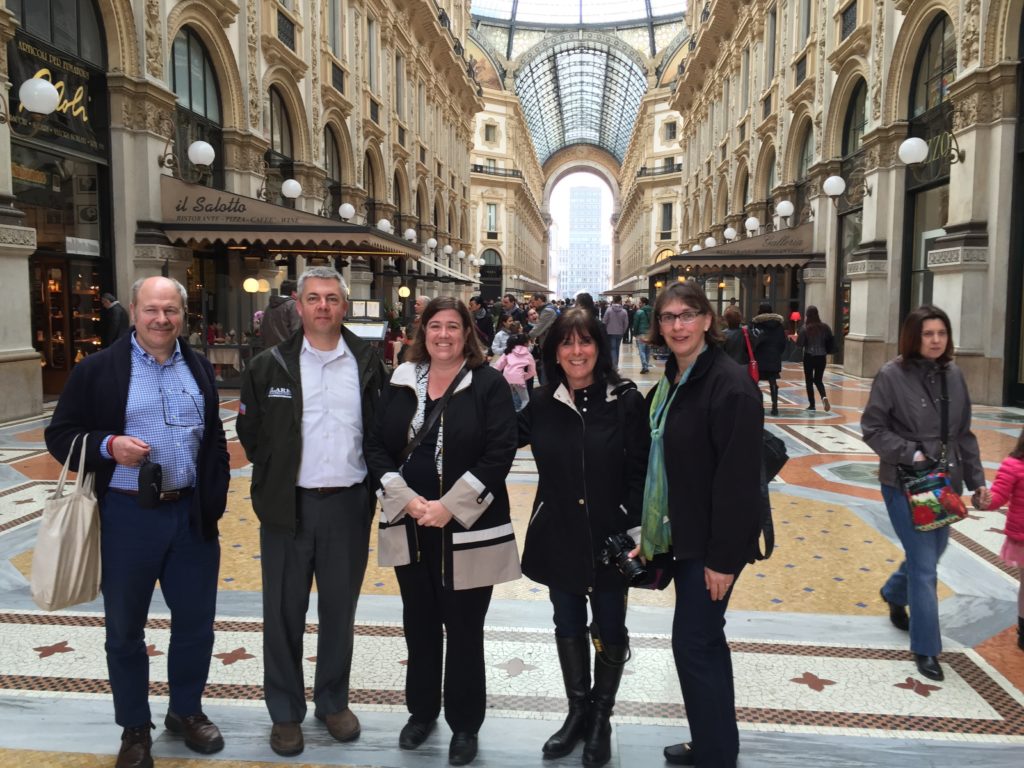
The United States is a young country compared to those in Europe. This was a great opportunity to look at historic preservation in a place where history is layered upon history and to collaborate with other professionals from around the world. There’s a lot we can learn by sharing information and knowledge and research results with our counterparts overseas.
